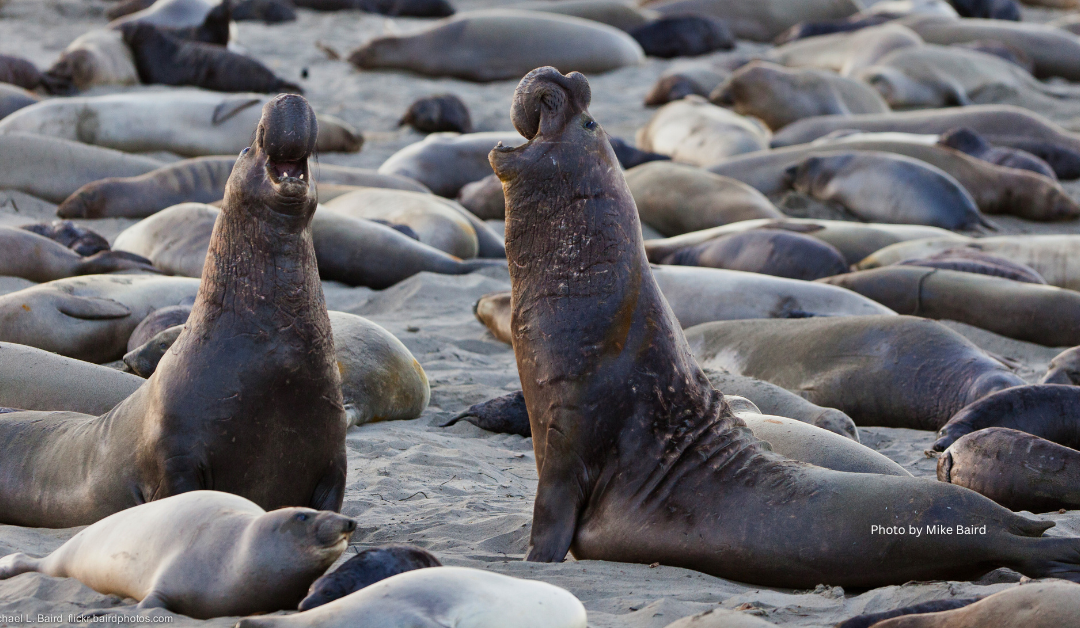September 7, 2024 | CBC News via UVic News
A recent article from CBC News highlights an intriguing study by Dr. Héloïse Frouin-Mouy, a visiting scientist at the University of Victoria, and her team. They observed northern elephant seals using sonar equipment from a deep-sea research facility as a “dinner bell” to locate prey. This phenomenon, known as the “dinner bell effect,” was discovered at Ocean Networks Canada’s Neptune observatory site in Barkley Canyon, off the west coast of Vancouver Island.
Dr. Frouin-Mouy and the rest of the team initially set up the sonar equipment to study the effects of light and bait on fish and invertebrate behavior. However, to their surprise, the sonar noise attracted northern elephant seals, who associated the sound with the presence of food, particularly sablefish. Over several months, the seals were repeatedly captured on video visiting the site to hunt, offering a rare glimpse into their deep-sea hunting strategies and behaviors. Dr. Frouin-Mouy expressed her amazement at the footage, emphasizing how these insights can help us better understand the impact of human-made sounds on marine life. Her research is a crucial step towards protecting these incredible creatures and their natural habitats.
At UVic’s Department of Biology, Dr. Frouin-Mouy focuses on marine mammal behavior, especially how these animals interact with their environment through sound. Her expertise includes marine mammal biology, passive acoustic monitoring, bioacoustics, and marine mammal toxicology. She collaborates with institutions like Ocean Networks Canada to study underwater behaviors using advanced acoustic and visual monitoring technologies.
In addition to her work at UVic, Dr. Frouin-Mouy is part of NOAA’s Marine Mammal and Turtle Division’s Passive Acoustic Ecology Program. Here, she delves into understanding marine mammal behavior through passive acoustic monitoring, including projects on the diving and calling behavior of beaked whales in the Gulf of Mexico and the presence of marine mammals in the Caribbean Sea.
For those interested in exploring this study further, it has been uploaded to the institutional repository, UVicSpace, and is available for all to access!

